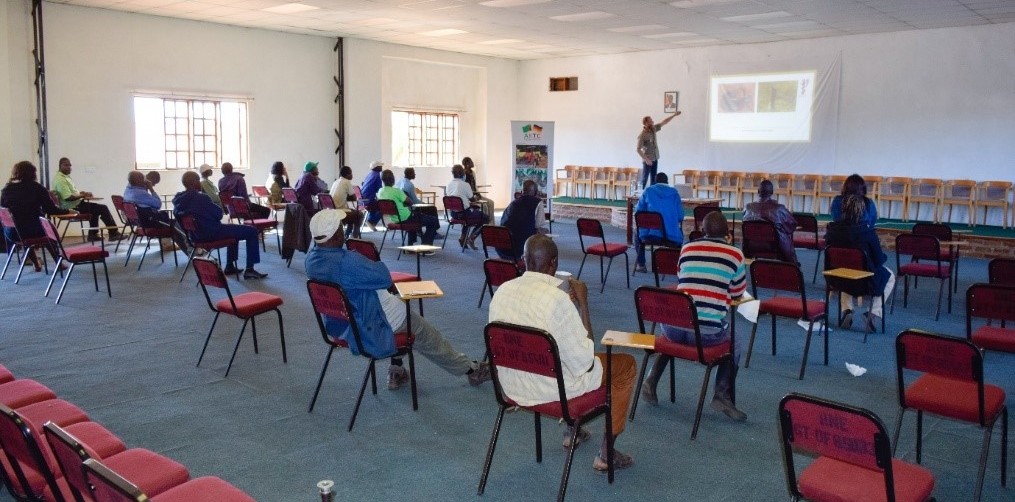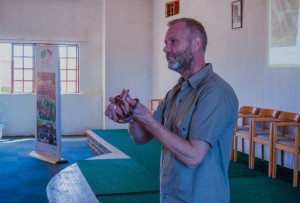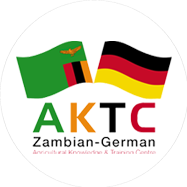Snakes have remained some of the most feared animals across the world not only because of their looks but also because some of them possess deadly venom. From time in memorial, many people have evolved with a culture of treating a snake as an enemy that they would quickly get rid of, once in contact. A snake is usually seen as the most threatening animal to humankind. Unfortunately, what most people don’t know, is that snakes play an important part in the ecosystem. In places such as farms, snakes offer significant benefits like pest control. There is no other rodent predator that can control rodents better than snakes. When left uncontrolled, pests such as rats and mice would decimate crops in fields or that which is stocked in storage facilities.
To bring about awareness about snakes to the local community, the Zambian-German Agricultural Knowledge and Training Centre (AKTC) organised a snake awareness training at the Golden Velley Agricultural Research Trust (GART) conference hall on 3rd July 2020. The training, which was attended by a total of 65 participants, was overwhelming and interesting as it is a rare kind of discussion that is done among many cultures in Zambia. Most of these attendees were field staff from AKTC, the Conservation Farming Unit (CFU) and GART. Also, among the trainees was the AKTC team leader Helmut Anschuetz and other administrative staff from the three mentioned institutions above. Because of the prevailing Covid 19 pandemic, the training was conducted in two sessions, one in the morning and the other in the afternoon so as to adhere to the requirements, set out by the Zambian Ministry of Health.
The training was given by Marcel Van-Driel, the National Coordinator of Helping Hand in Snake Safety (HHiSS). HHiSS is a Non-Governmental Organisation that was born out of the passion for snakes and a realisation that snake conservation and safety are neglected issues in Zambia. The organisation does snake removals and relocation as well as conducts various talks in schools and communities about snakes and snake conservation. In the long run, HHiSS intends to train as many snake handlers as possible across the country with a long time aim of creating a database for qualified and capable snake handlers

Fig 2: Training in progress
To begin the training, Marcel gave a comprehensive introduction about the nature and types of snakes found in most parts of Zambia. He further gave an insight on the snakes that possess deadly venom, those that possess venom that is harmful but not lethal to humans and those that have harmless venom or no venom at all. Further, the three main venom types in Zambian snakes and their signs and symptoms exhibited by someone bitten by a snake, is another important component that he talked about.

Another very important thing that the trainer presented was the first aid actions that one should take when bitten by a snake, before proceeding to the hospital. Precautionary measures to avoid snake bites was also another important item of discussion.
With such content embedded into the discussion, we can conclusively say that the snake awareness training was vital to everyone who participated. Not only did the training raise people’s awareness on the types and nature of snakes, but also the imparted knowledge of what measures to take in case of snake bites. The fact that the training also emphasised on the precautionary measures (general snakebite avoidance) is what made the gathering vital. We hope HHiSS continues conducting the awareness campaigns on snake safety even in other workplaces, to enhance snake conservation while at the same time ensuring people’s safety from snake bites.
For further information on HHiSS, you can visit their website on www.hhiss.com or their face book page/helping hands in snake safety (@helpingsnakes).
AKTC, 16.07.2020



Leave A Comment